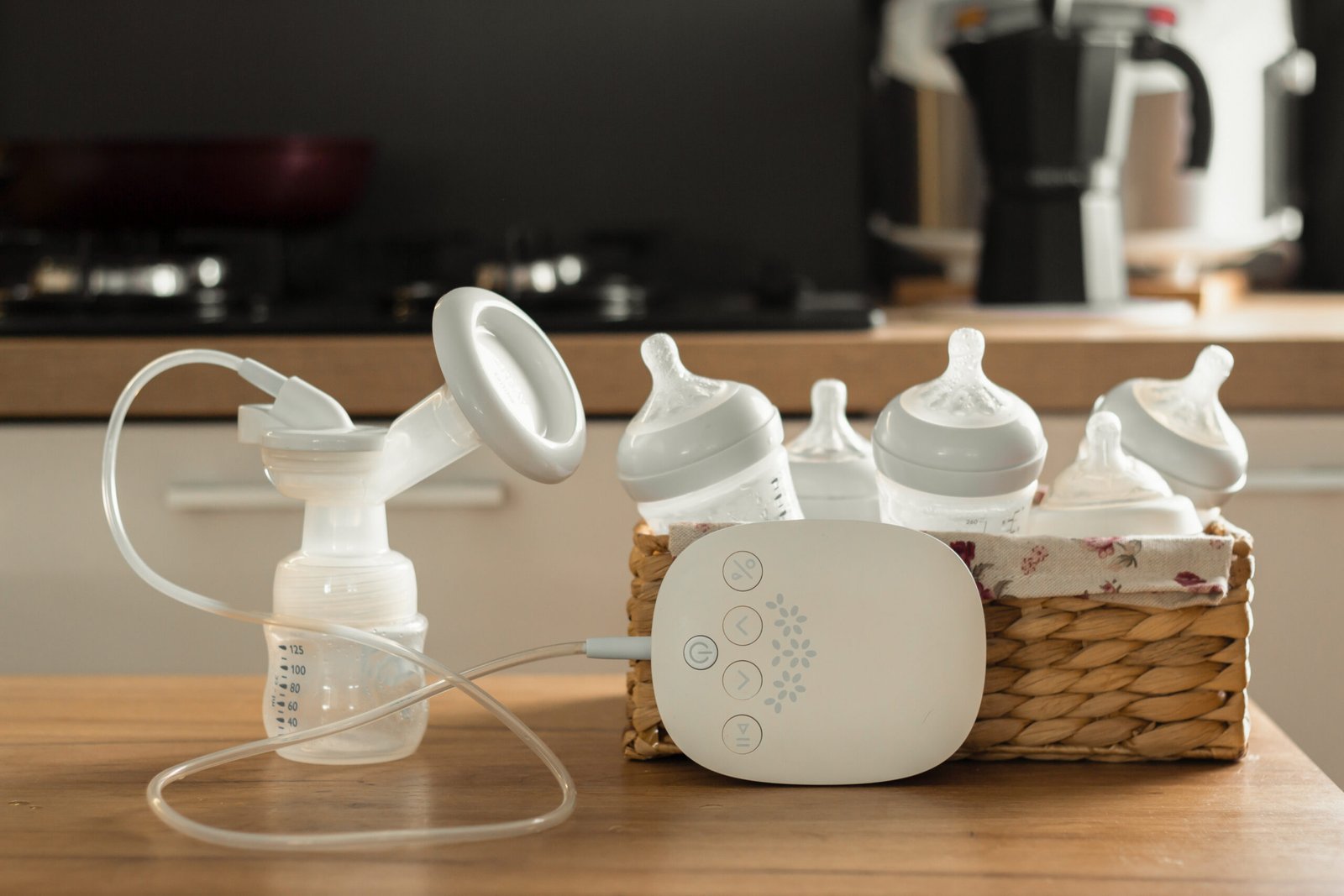Understanding the Stages of Labor
Labor is a natural process that unfolds in distinct stages. According to Mayo Clinic and other authoritative sources, labor typically progresses through three main stages:

Stage 1: Early Labor and Active Labor
Early Labor (Latent Phase)
– Cervix dilates to 6 centimeters
– Contractions are mild to moderate, often irregular
– May last from hours to days (typically shorter for those who have given birth before)
– Signs include:
– Mild contractions (30-45 seconds, 5-30 minutes apart)
– Bloody show (pink or slightly bloody discharge)
– Possible rupture of membranes (“water breaking”)
Active Labor
– Cervix dilates from 6 to 10 centimeters
– Contractions become stronger, longer, and closer together
– Typically lasts 4-8 hours (often longer for first-time mothers)
– Signs include:
– Strong contractions (45-60 seconds, 3-5 minutes apart)
– Increased discomfort/pain
– Pressure in lower back and rectum
– Transition phase (final part of active labor) with intense contractions 60-90 seconds long and 2-3 minutes apart
Stage 2: Pushing and Birth
– Begins when cervix is fully dilated (10 centimeters)
– Ends with the birth of the baby
– Can last from a few minutes to several hours (typically longer for first-time mothers)
– Contractions may slow slightly to 2-5 minutes apart
– Strong urge to push with each contraction
Stage 3: Delivery of the Placenta
– Begins after baby is born
– Ends with delivery of the placenta
– Typically lasts 5-30 minutes
– Mild contractions continue to help expel the placenta
Effective Pushing Techniques
Research from labor and delivery experts, including certified nurse-midwives and obstetricians, identifies two primary approaches to pushing during labor:
1. Open Glottis Pushing (Physiological Pushing)
Description:
– Also called spontaneous pushing
– Mother pushes when she feels the natural urge to bear down
– Typically involves taking several breaths between pushes
– Usually involves pushing 3-5 times during each contraction for about 5-6 seconds each
Benefits:
– Less strain on pelvic floor muscles
– Reduced risk of perineal tearing
– Maintains better blood flow to the uterus and baby
– Less maternal exhaustion
– May reduce risk of pelvic floor disorders later
Best for:
– Unmedicated births where mother can feel the urge to push
– Women with good body awareness
– When there’s no urgency to deliver quickly
2. Directed Pushing (Coached Pushing)
Description:
– Healthcare provider guides the pushing process
– Mother is instructed to hold breath and push for 6-10 seconds, 3 times per contraction
– Often involves the Valsalva maneuver (bearing down while holding breath)
Benefits:
– May shorten the second stage of labor
– Provides clear direction for mothers who have difficulty feeling the urge to push
– Helpful when epidural anesthesia reduces pushing sensation
– May be necessary when fetal monitoring indicates a need for quicker delivery
Best for:
– Births with epidural analgesia
– Situations requiring a faster delivery
– First-time mothers who need guidance
Effective Pushing Positions
Different positions can facilitate more effective pushing by using gravity, opening the pelvis, and aligning the baby for optimal passage through the birth canal:
1. Squatting
Benefits:
– Uses gravity to assist
– Opens the pelvic outlet by up to 28%
– Straightens the birth canal
– Increases pressure on the cervix, potentially speeding dilation
Variations:
– Supported squat (partner or squat bar support)
– Deep squat
– Assisted squat with birthing stool
2. Hands and Knees/Kneeling
Benefits:
– Reduces back pain, especially with posterior babies
– Takes pressure off hemorrhoids
– May help rotate a malpositioned baby
– Reduces perineal pressure
Variations:
– All fours position
– Kneeling while leaning on birthing ball or bed
– Asymmetrical kneeling (one knee up)
3. Side-Lying
Benefits:
– Restful position that conserves energy
– Good option with epidural
– May slow rapid labor
– Reduces perineal pressure
Variations:
– Traditional side-lying
– Semi-prone position
– With peanut ball between knees
4. Semi-Sitting/Reclined
Benefits:
– Allows for rest between contractions
– Facilitates monitoring
– Comfortable with epidural
– Good visibility for healthcare providers
Variations:
– Semi-sitting with support
– Reclined with pillows
– Using a birthing bed with back raised
5. Standing/Leaning Forward
Benefits:
– Uses gravity
– Allows for hip movement and swaying
– Opens the pelvis
– Can reduce back pain
Variations:
– Standing with support
– Leaning on partner or furniture
– Slow dancing position
Breathing Techniques for Effective Pushing
Proper breathing during pushing helps maintain oxygen supply to mother and baby while maximizing pushing effectiveness:
1. Pre-Push Breathing
– Take a deep cleansing breath at the start of contraction
– Breathe normally until feeling the urge to push
– Helps oxygenate tissues before pushing effort
2. Open-Glottis Breathing
– Take a deep breath in
– Exhale slowly while pushing, keeping throat relaxed
– Allows for vocalization during pushing
– Reduces pressure on pelvic floor
3. Directed Breathing
– Take a deep breath in
– Hold breath briefly while pushing (no longer than 6-8 seconds)
– Release breath and take another before pushing again
– Repeat 3-4 times per contraction
Tips for More Effective Pushing
Physical Preparation
1. Pelvic Floor Awareness
– Practice Kegel exercises during pregnancy
– Learn to relax pelvic floor muscles (as important as strengthening)
– Practice coordinating breathing with pelvic floor relaxation
2. Perineal Massage
– Begin at 34-35 weeks of pregnancy
– Helps increase elasticity of perineal tissues
– May reduce risk of tearing during delivery
3. Core Strength
– Maintain appropriate abdominal core strength during pregnancy
– Focus on transverse abdominal muscles
– Practice coordinating breathing with core engagement
During Labor
1. Position Changes
– Change positions every 30-60 minutes during pushing
– Respond to what feels most effective
– Use gravity to advantage when possible
-Your nurse or other health care professional will guide you
2. Rest Between Contractions
– Completely relax between pushing efforts
– Conserve energy for the next contraction
– Practice quick relaxation techniques
3. Focused Pushing
– Direct pushing energy downward toward the birth canal
– Relax face, shoulders, and arms while pushing
– Visualize baby moving down and out
4. Hydration and Energy
– Stay hydrated throughout labor (most allow clear liquid diet during labor – ice chips, water, sports drinks, gelatin dessert (aka jello), tea without milk)
– Maintain energy with approved fluids/foods if allowed
– Use cool compresses on face and neck
Special Considerations
Pushing with an Epidural
– May have reduced sensation of the urge to push
– Directed pushing often more effective
– Position changes still important (with assistance)
– May benefit from “laboring down” (passive descent) before active pushing
– Consider using a mirror for visual feedback
Prolonged Second Stage
– Position changes become even more important
– Rest between contractions is crucial
– May need to alternate between pushing and resting contractions
– Staying hydrated and maintaining energy becomes critical
– Mental focus and encouragement especially important
Pushing with Back Labor
– Hands and knees position often most effective
– Counter-pressure on lower back can provide relief
– Side-lying with upper leg supported may help
– Asymmetrical positions can help rotate baby
-Your nurse or other health care professional will guide you
Evidence-Based Recommendations
Based on the most recent research and clinical guidelines:
1. Delayed Pushing
– For women with epidurals, waiting 1-2 hours after full dilation before pushing (if mother and baby are stable)
– Called “laboring down” or passive descent
– May reduce pushing time and maternal exhaustion
2. Optimal Pushing Duration
– 3-4 pushing efforts of 6-8 seconds per contraction
– Avoid prolonged breath-holding beyond 6-8 seconds
– Take complete breaths between pushing efforts
3. Position Variety
– No single “best” position for all women
– Changing positions regularly during second stage
– Upright and lateral positions generally preferred over supine
4. Supportive Environment
– Continuous encouragement and positive reinforcement
– Clear, consistent coaching if directed pushing is used
– Respect for mother’s instincts and preferences
Sources:
– Mayo Clinic, “Stages of labor and birth: Baby, it’s time!” 2023
– American College of Obstetricians and Gynecologists (ACOG), “Approaches to Limit Intervention During Labor and Birth,” 2019
– Mommy Labor Nurse, “How to Push During Labor: Open Glottis Pushing, Guided Pushing, Positions, and More!” February 2025
– The Bump, “How to Push During Labor,” October 2024
– BabyCenter, “How to push during labor,” October 2023
– Mend Colorado, “Pregnancy Labor Exercises for Pushing,” 2022
– Evidence Based Birth, “Evidence on Birthing Positions,” 2022



